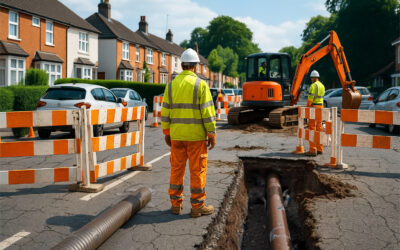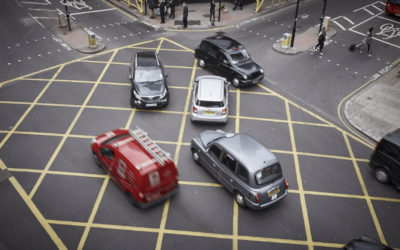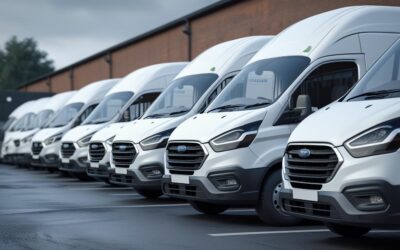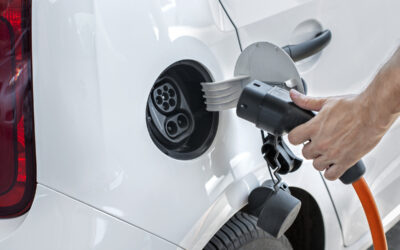Fleets Warned To Prepare For Increased Maintenance And Repair Costs
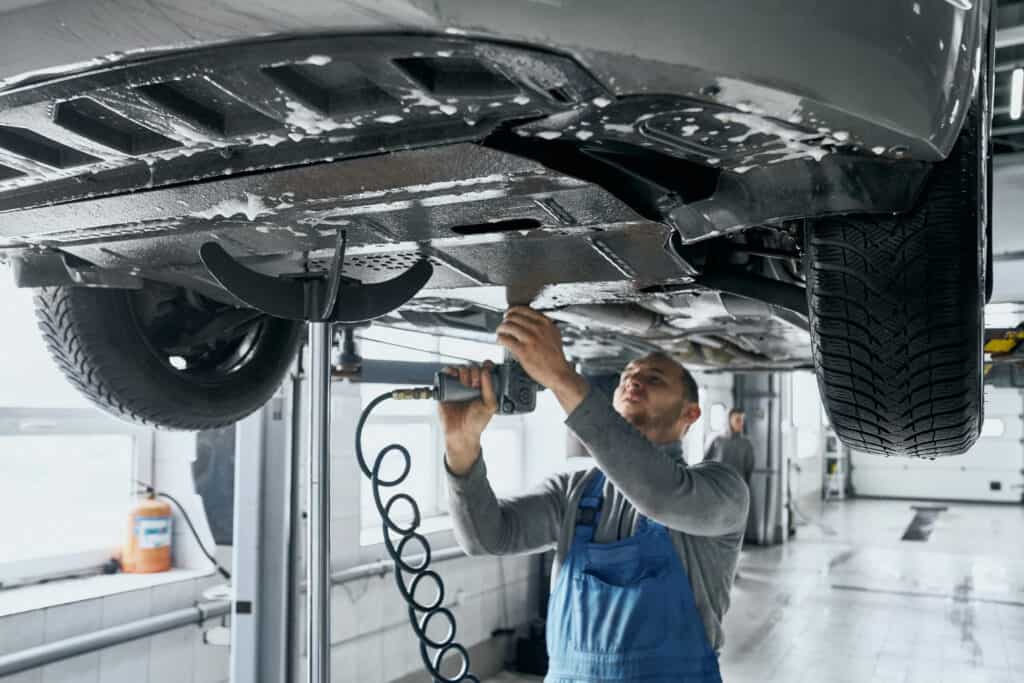
Experts have warned fleet owners that they’ll need to prepare for an increase in costs as the price of maintenance, service, and repairs rise.
The current pressures on the jobs market has driven the cost of labour up, which has in turn resulted in many businesses putting prices up to cover their costs.
And the reality for fleets is that means the cost of supplies, maintenance, servicing, and ensuring fleet vehicles are safe, secure, and up to standard will increase.
What Does This Mean For Fleets?
Whether you lease vehicles or own them outright, the increase in costs is likely to affect you in the long run.
Leases might well include maintenance in the monthly cost but if costs increase then lease companies will look to increase costs in new contracts as well as raise prices against inflation, labour rates, and the price of various parts.
In a difficult market where there has been a shortage in the supply of new fleet vehicles for the past couple of years due to the global semiconductor crisis, it puts additional strain on fleets.
Many fleets have extended the length of their leases on vehicles or kept vehicles beyond their usual replacement cycle length in a bid to cut costs or to tide them over while they await new vehicles when the lead time is significantly longer than expected.
But the problem with that is that with longer leases and older vehicles, there are inevitably more MOTs, more maintenance required, and increased wear and tear on key components such as gearboxes, clutches, tyres, and brake pads.
Experts believe costs could rise by somewhere between 10-20% due to a variety of factors. The increase in the cost of labour coupled with the increase in the price of parts and raw materials such as rubber for tyres will have a knock-on effect on fleets.
Fleet owners must be prepared for an increase in prices to ensure that there’s no detrimental impact on the safety of their vehicles.
With the price of fuel, energy, materials, logistics, labour, and pretty much everything on the rise, accounting for an increase in costs is probably something that’s already on the top of most fleet owner’s minds.
What Can Fleets Do To Offset Costs?
With costs rising, the natural question is about how you can cut costs without compromising on safety, standards, or quality.
Making the switch to electric vehicles is one option because there’s naturally less maintenance when there’s no internal combustion engine. Of course, there’s still natural wear and tear as well as the need to replace tyres and other key components.
But switching to electric vehicles is a decision that needs thought and for many fleets, it’s not just a case of deciding to do it – there needs to be careful planning and a gradual phasing out of petrol, diesel, and hybrid vehicles.
Is your fleet prepared for an increase in maintenance, repair, and servicing costs? Have you already made the switch to EVs? Let us know in the comments below.

